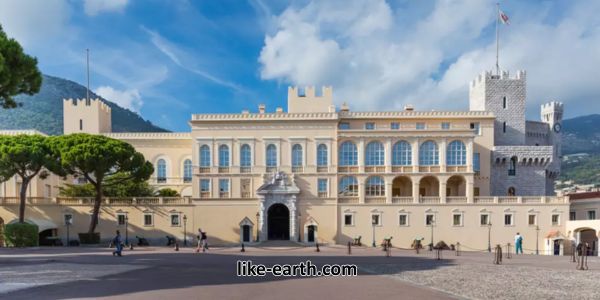The Rich and Regal History of Buckingham Palace

Origins of Buckingham Palace
The story of Buckingham Palace begins in 1703. It was initially built as Buckingham House for the Duke of Buckingham. This modest townhouse was never intended to be a palace. However, it was strategically located near St. James’s Palace, making it ideal for royal use.
In 1761, King George III acquired Buckingham House for Queen Charlotte. This began its transformation into a royal residence. Over the decades, additions and renovations slowly converted it into the grand structure known today.
Transformation Under Queen Victoria
It was Queen Victoria who made Buckingham Palace the official royal residence in 1837. Prior to her reign, monarchs used St. James’s Palace. Victoria’s decision marked a turning point, positioning Buckingham Palace as the heart of British royalty.
Extensive renovations were carried out, including the construction of the iconic front wing. This wing now faces The Mall and forms the main facade known to millions. The Queen also introduced more modern plumbing and lighting systems to the structure.
Architectural Enhancements and Symbolism
Over the 19th and 20th centuries, Buckingham Palace underwent several expansions. Renowned architects like John Nash and Edward Blore added significant elements. Nash created the grand ceremonial rooms and sweeping staircases. Blore contributed to the east front and royal apartments.
The architecture blends neoclassical and Baroque styles, symbolizing both power and elegance. The palace contains 775 rooms, including 19 state rooms, 52 royal and guest bedrooms, and over 200 staff bedrooms.
Role in Modern History
Buckingham Palace has been at the center of British national events. It has hosted foreign dignitaries, royal weddings, and memorial services. During World War II, the palace was bombed nine times. Despite this, King George VI and Queen Elizabeth remained in residence. Their choice was a powerful statement of unity and resilience.
The balcony at Buckingham Palace is another iconic element. It has become a traditional spot for public appearances by the royal family. From VE Day celebrations to royal weddings, the balcony represents the monarchy’s connection to the public.
The Queen’s Residence and Tourist Destination
Today, Buckingham Palace serves as the London residence of the reigning monarch. Queen Elizabeth II spent most of her reign based here. Her presence attracted millions of tourists and admirers from around the globe. The Changing of the Guard ceremony remains a key tourist attraction.
Each summer, the State Rooms are opened to the public. This initiative, started in 1993, was designed to help fund repairs to Windsor Castle. It provides an extraordinary glimpse into royal life and tradition.
Gardens, Art, and Royal Ceremonies
The palace gardens span over 39 acres. They include a helipad, a tennis court, and a lake. These gardens host numerous royal garden parties each year. The palace also houses part of the Royal Collection, one of the world’s largest private art collections.
Ceremonial functions such as investitures and diplomatic receptions continue to take place within its walls. These events reflect the ongoing relevance of the palace in state affairs and cultural tradition.
Environmental and Sustainability Efforts
In recent years, Buckingham Palace has adopted eco-friendly practices. Solar panels and energy-efficient systems have been introduced. The Royal Household has committed to reducing carbon emissions and waste generation within the palace grounds.
This effort shows how heritage sites can embrace sustainability while preserving tradition. Learn more about global sustainability and heritage at Like Earth.
Digital Presence and Outreach
The Royal Family has adapted to the digital age. Buckingham Palace now features in virtual tours, educational videos, and social media updates. This digital presence connects the monarchy with younger generations and global audiences.
Stay connected with updates and royal discussions via our trusted WhatsApp channel.
Legacy and Cultural Impact
The history of Buckingham Palace in London reflects the story of Britain itself. It is more than just a building—it is a living institution. It has adapted through wars, changing monarchs, and societal shifts while remaining a powerful national symbol.
Whether viewed as a political center, historical monument, or royal residence, Buckingham Palace continues to inspire awe. It stands as a testament to architectural brilliance, royal heritage, and the enduring spirit of the British people. The Rich and Regal History



